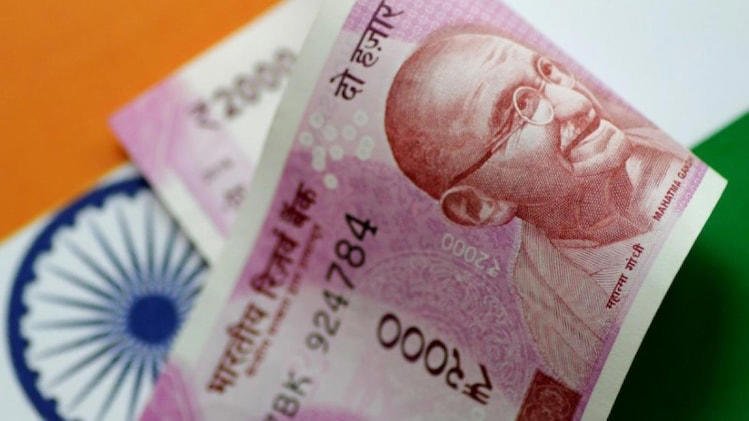RBI today decided to withdraw the Rs 2000 note citing the clean note policy. But is this the main reason. Not necessary.
A big need at the time of demonetisation
Issuance of higher denomination notes of Rs 2,000 was a necessity at the time of demonetisation as withdrawal of currency affected 86 per cent of the total currency in the system. It was not a natural choice to issue such high denomination notes. The Rs 2,000 notes helped push more currency into the system to support the economy.
Promotion of hoarding of high denomination notes
The Rs 2,000 note was encouraging hoarding of such high denomination notes by black marketeers as it was easy to store and exchange. In fact, these notes soon started disappearing from the market. Banks were complaining of not getting enough Rs 2,000 notes as all banks had revamped their ATMs to accommodate Rs 2,000 notes.
There was always a plan to issue lower denomination notes, but this takes time as the economy needs currency to start normal operations. Today these notes constitute only 10 percent of the total notes in circulation.
chain of fake and counterfeit notes
One of the objectives of issuing new notes was also to discourage counterfeit and counterfeit notes. The high denomination was also encouraging the counterfeit and counterfeit industry. For example, the numeral Rs 2,000 was seen when the note was held up to the light. Similarly there were other features.
Mini demonetisation for note hoarders
RBI’s Friday’s move is like a mini demonetisation as Rs 2,000 notes worth Rs 3.62 lakh crore are still in the system. People who hold such currency in large quantities have to explain the source of such huge cash if they are depositing or exchanging such notes. If these notes are not returned, RBI will demonetise them. They will no longer be legal tender. This will be a gain for RBI as now they do not have the liability to pay.

